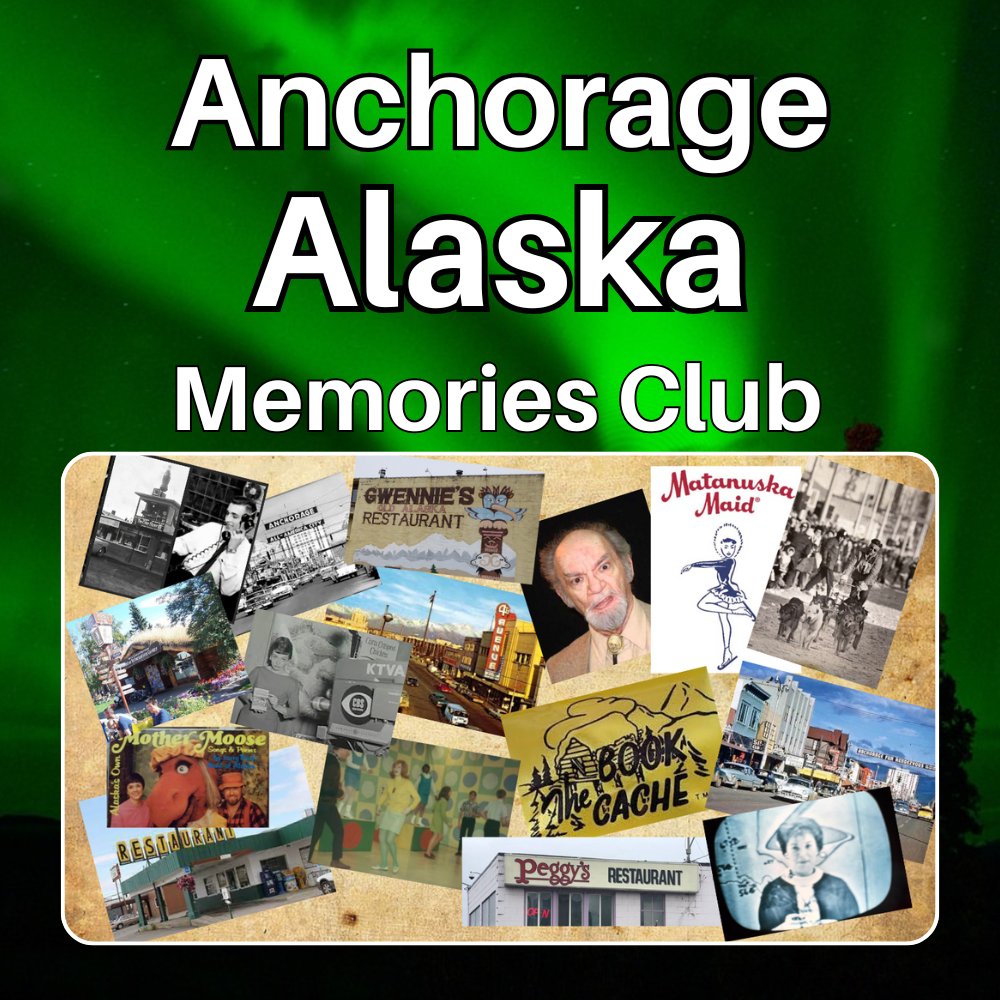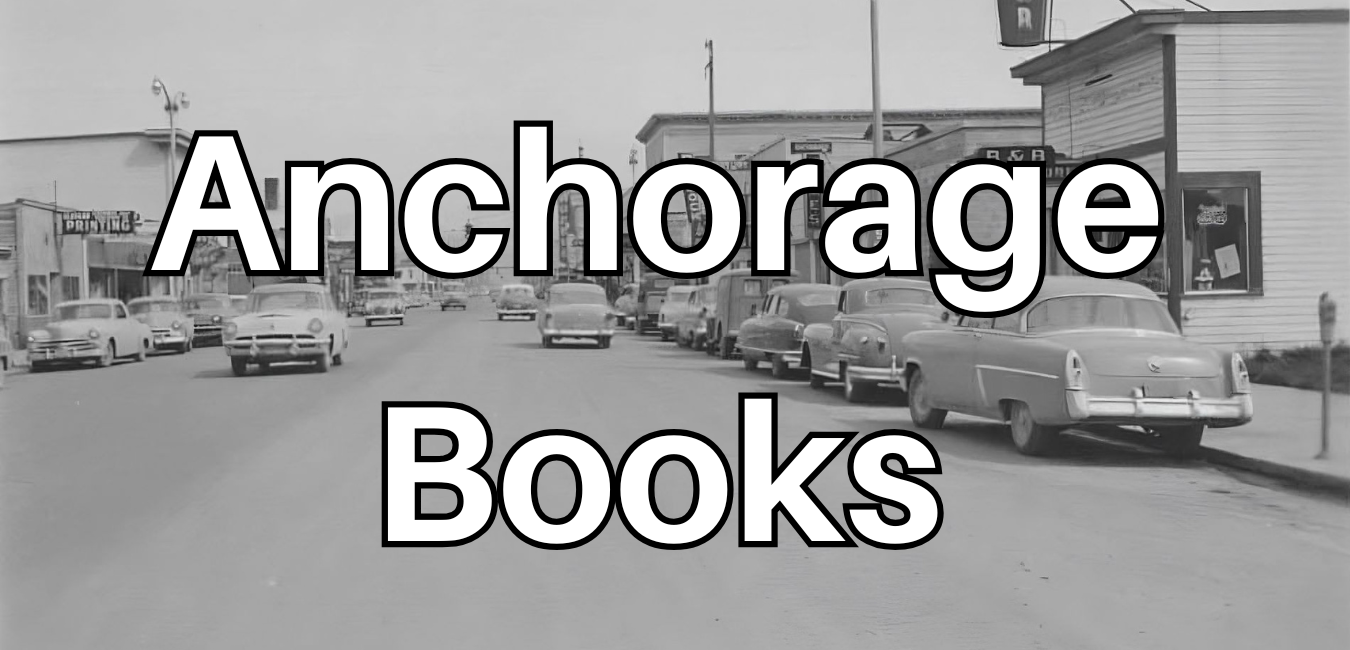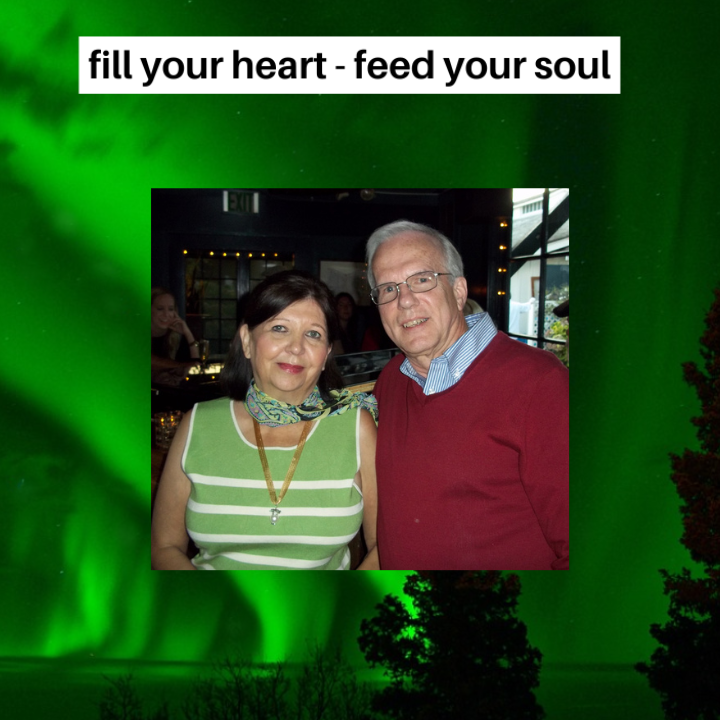The Great Cordova Fire
by Richard Hohnbaum
(Salem Oregon)

"The whole one side of the downtown buildings were on fire."
On the morning of May 2, 1963, I got up as usual, shaved, showered, had breakfast and had just finished putting on my coat to go to school when the fire siren sounded.
Since it was a school day I just did not respond and when I got to school, which meant walking across the street, the phone was ringing. Mrs. McDonald, our school secretary, screamed at me to get to the fire hall, they would cover my classroom.
That was the start of a day I will never forget.
I ran down to the fire hall about 4 short blocks, and as I was running I realized the fire was in one of the businesses on main street.
Art Gunderson and I arrived at the same time and grabbed a couple of fire hoses and ran and got them hooked to the closest hydrant. We climbed on top of the bowling alley, which was right across from the fire hall, and started putting water on the old hospital that had been made into apartments. I believe we were the first ones to put water on the fire.
We stayed on top of the bowling alley for about 3 hours.
The whole one side of the downtown buildings were on fire. The business street was about two blocks long, with the buildings all having common basements and attics and no space between them.
Anchorage was radio/telegraphed asking for help and when the freight airplane did land at Cordova airport with a fire truck, it had to drive 13 miles to get into town. In that 13 miles there are numerous culverts and as the heavy fire truck went over one it crashed through and could not get out.
As a last desperate measure, the fire chief and the head of the U.S. Coast Guard that was stationed at Cordova, and some volunteers, decided to dynamite the jewelry store, hoping that would stop the spread of the fire.
By then the fire had consumed about 10 businesses and the hospital apartment house.
The Coast Guard personnel were a great help and fought right along with the Cordova volunteers.
By then, every able man and some women were helping fight the fire. We were constantly supplied with sandwiches and drinking water and coffee.
About 2 hours into the fire, Barney Anderson, my school superintendent, came up to me and asked me if there was anything in my class that could not be replaced. They felt they would not be able to stop the fire before it took the post office and Mt Eccles Elementary school.
I replied that there wasn't really anything that could not be replaced, but I was concerned about our house directly across from the school. He took my place on the roof of the bowling alley, using the fire hose as best he could.
I hurried home to talk to my family about what was happening.
We were almost all packed up for our first trip “outside”. We were to leave within the week. So with our tent, sleeping bags and as much food and emergency clothing as possible, plus my antique clocks, we loaded our red VW bug and I drove it out on mile 13 road as far as I could.
The broken culvert previously mentioned was as far as I could go, (about 3 miles). As luck would have it, I was able to catch a ride back to town. It was a frantic hour or so getting the family goods to safety and then making sure that the family was safe and had a way to escape if the fire reached our house. We lived on a dead-end street and the fire would come in the open end if it got that far.
As I returned to my station on top of the bowling alley, I passed the Times Building, where our newspaper, the Cordova Times, was published and also a half-dozen apartments and our doctor's office were located. I had worked there after school on the linotype and setting pages for printing. The back of the building was on fire, but I remember the beautiful clock hanging from the balcony in the main part of the print shop.
I looked in, and it was there, so I ran up the stairs, jerked it off its hanger and ran back down and out the door. I met one of our teachers as I hit the boardwalk and asked him to take it to his place and keep it. I knew he lived up at the top of the hill beyond the high school, and I did not think the fire would reach that part of town.
After the fire was out I talked to Skip Bonser, the owner, and told him I had saved the clock, so it could hang in the new print shop, but he said, “keep it I don't want it”. So, I acquired the “Time's Clock”.
I returned to the bowling alley, but by then the fire had progressed down Main Street beyond what our water would reach, so I went to Main street and helped out with whatever I could.
I watched as our Cordova fire truck burned up and the explosion that we had hoped would stop the fire, but didn't, but instead added fuel to the already blazing fire.
The fire consumed the complete city block facing main street and a couple of buildings behind it. The corner of the Alaska Hotel was burnt, but the fire did not consume the complete building, the same as with the Cordova City Hall, where only part of it was burned.
15 buildings were destroyed and that included 32 businesses that were housed there, and about 153 people were displaced from their homes.
A number of the buildings were two stories with apartments above the businesses. Some major losses were the drugstore, the jewelry store, two clothing stores, one grocery store, the barber shop, a couple of taverns, and Swartzbacker's large general hunting, fishing, hardware store.
Don't ever put off buying that extra tube of toothpaste, hand soap and shaving gear. Those items became premium items needed, and families shared extras of what they had until new supplies arrived. I, personally, was out of after shaving lotion but waited until we got to the “lower 48” to stock up.
We immediately received a lot of help from Anchorage with food and drug supplies. It took a few more days before we started receiving things from “outside”.
The road, mile 13, to the airport was opened, so supplies could get through. Cleaning up the debris left from the fire and the demolishing of the partly burnt buildings that were not worth saving started the next day.





